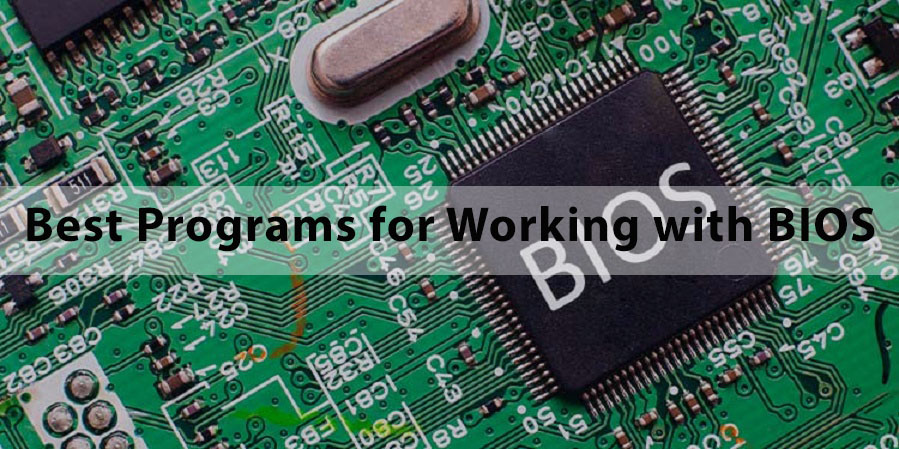The Basic Input/Output System (BIOS) is a firmware that is installed on the motherboard of a computer. It is responsible for controlling the hardware and allowing the operating system to communicate with it. The BIOS can be accessed and modified using a variety of programs. In this article, we will discuss some of the best programs for working with BIOS.
- AMIBIOS
AMIBIOS is a popular BIOS firmware developed by American Megatrends Inc. (AMI). The company has been providing BIOS solutions for over 30 years and their AMIBIOS firmware is used by many computer manufacturers. The AMIBIOS setup utility can be accessed by pressing a key during the boot process, and it allows users to configure various settings related to the hardware. - Phoenix BIOS Editor Pro
Phoenix BIOS Editor Pro is a program for modifying the BIOS firmware developed by Phoenix Technologies Ltd. The program is designed for advanced users who want to make modifications to the BIOS firmware, such as changing the boot order, modifying the memory timings, and adjusting the voltage settings. Phoenix BIOS Editor Pro provides a user-friendly interface for editing the firmware. - Universal BIOS Backup Toolkit
The Universal BIOS Backup Toolkit is a program that allows users to backup and restore the BIOS firmware. The program supports a wide range of BIOS firmware, including AMI, Phoenix, and Award. The backup process is quick and easy, and the program provides a simple interface for managing the backups. - UEFI BIOS Updater
UEFI BIOS Updater is a program for updating the BIOS firmware developed by LS_29. The program supports a wide range of motherboards and allows users to update the BIOS firmware without the need for a bootable USB drive or CD-ROM. UEFI BIOS Updater also provides a user-friendly interface for updating the firmware. - RWEverything
RWEverything is a program that allows users to access and modify various settings related to the hardware, including the BIOS firmware. The program provides a user-friendly interface for accessing the hardware settings and allows users to modify various settings related to the BIOS firmware, such as the memory timings and voltage settings.
Conclusion
Working with the BIOS can be a complex task, but with the right tools, it can be made easier. The programs listed above provide a variety of functions for working with the BIOS firmware, including editing, backup, and updating. It is important to note that modifying the BIOS firmware can be risky, and it should only be attempted by advanced users who are familiar with the process. However, for those who are willing to take the risk, the above programs can be very helpful.

